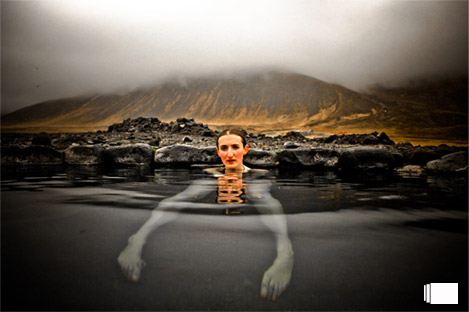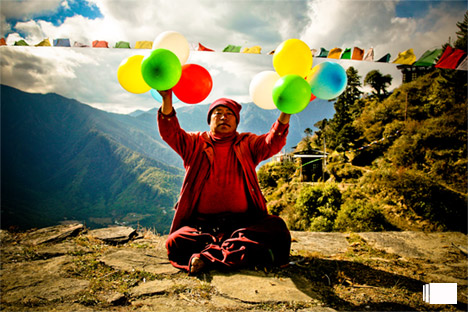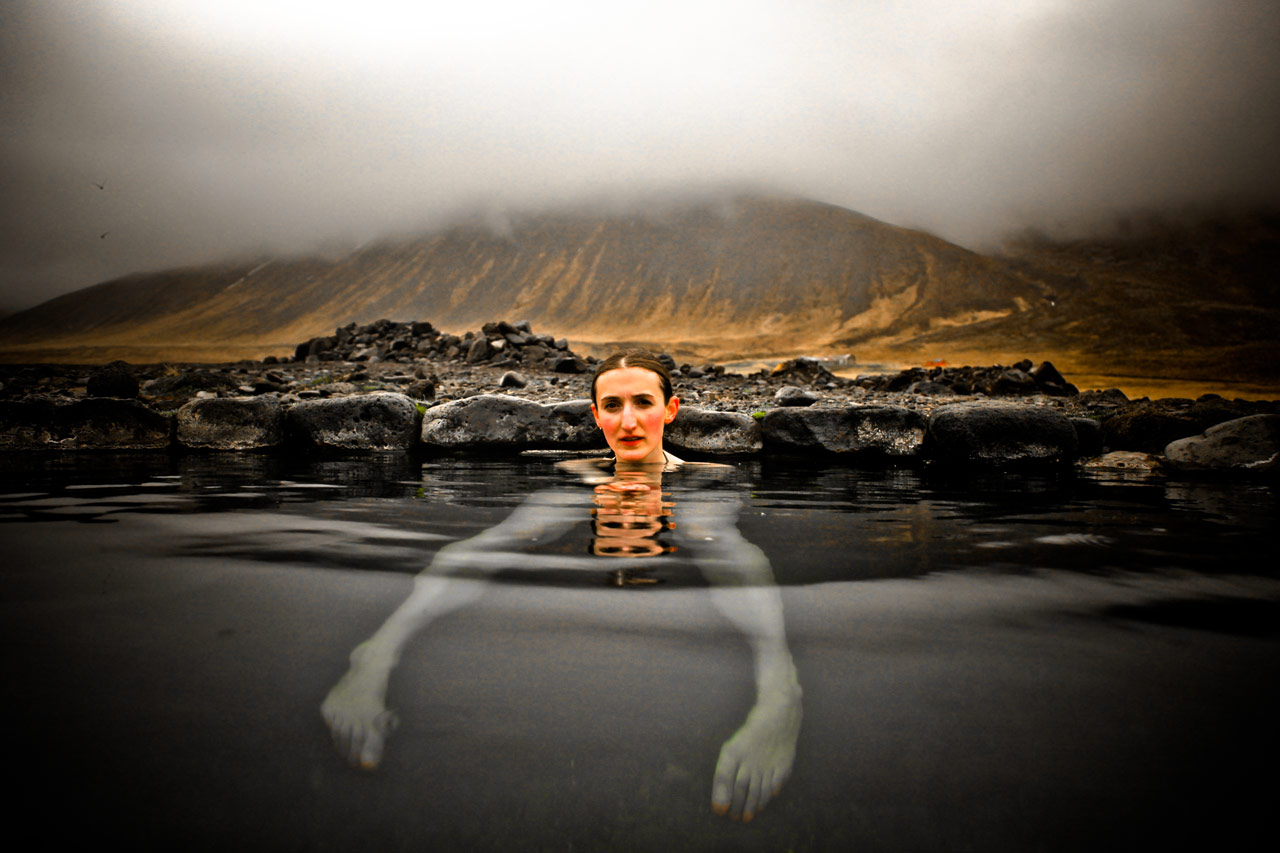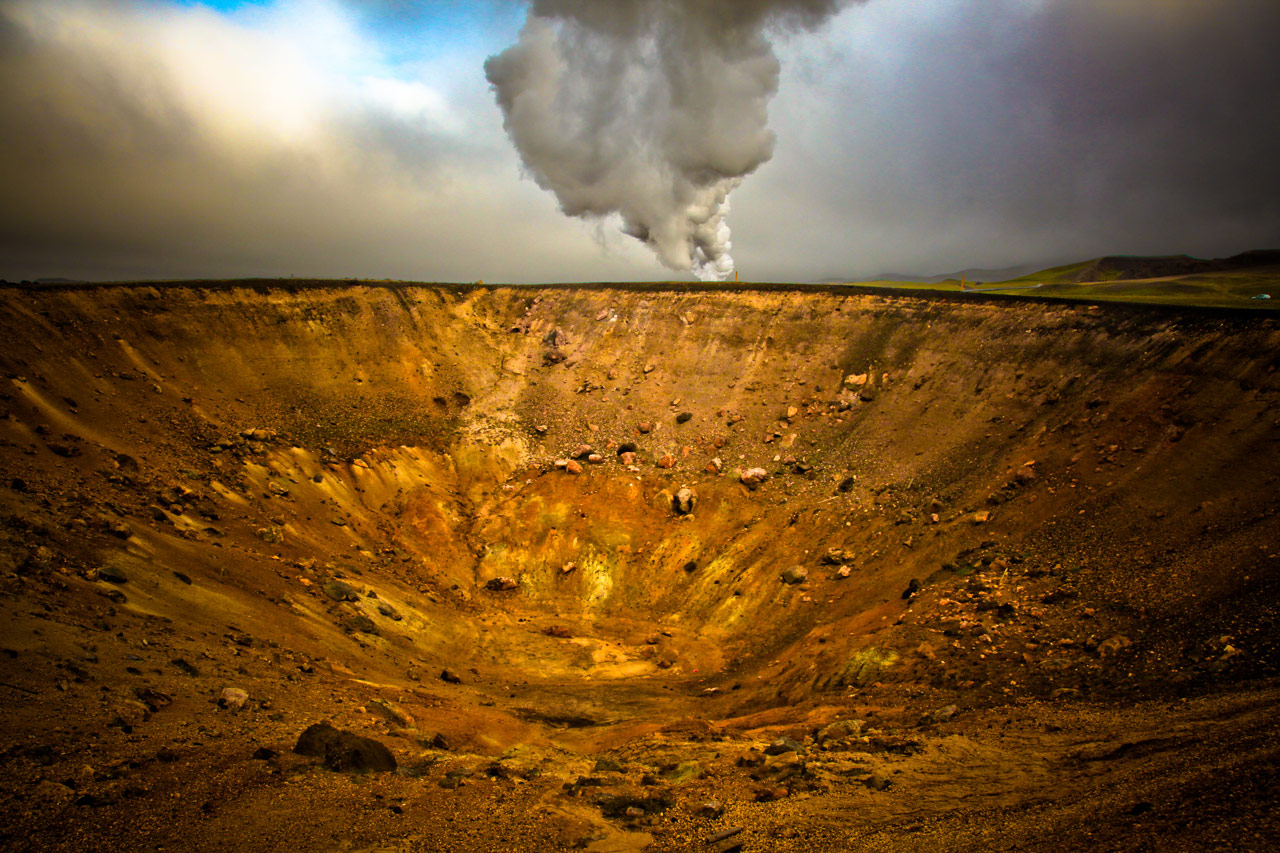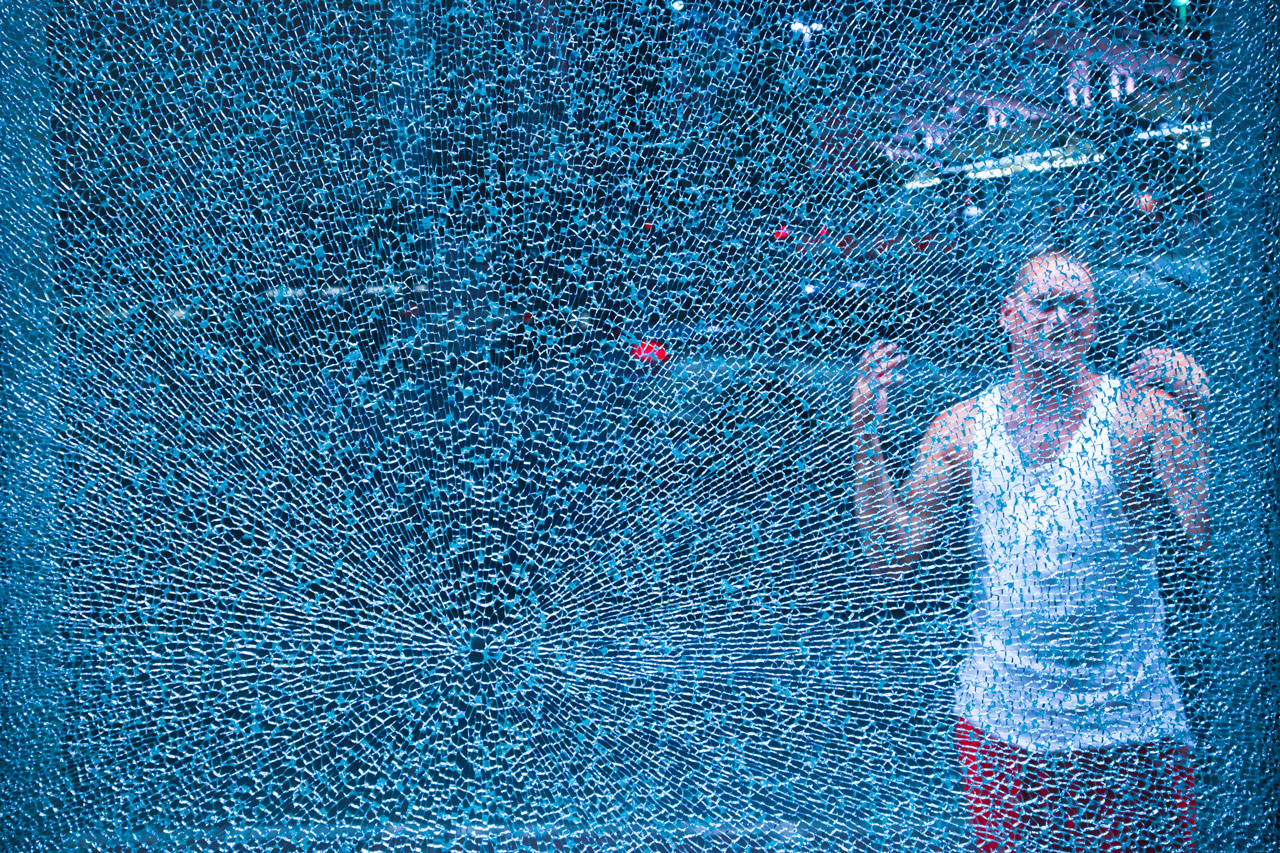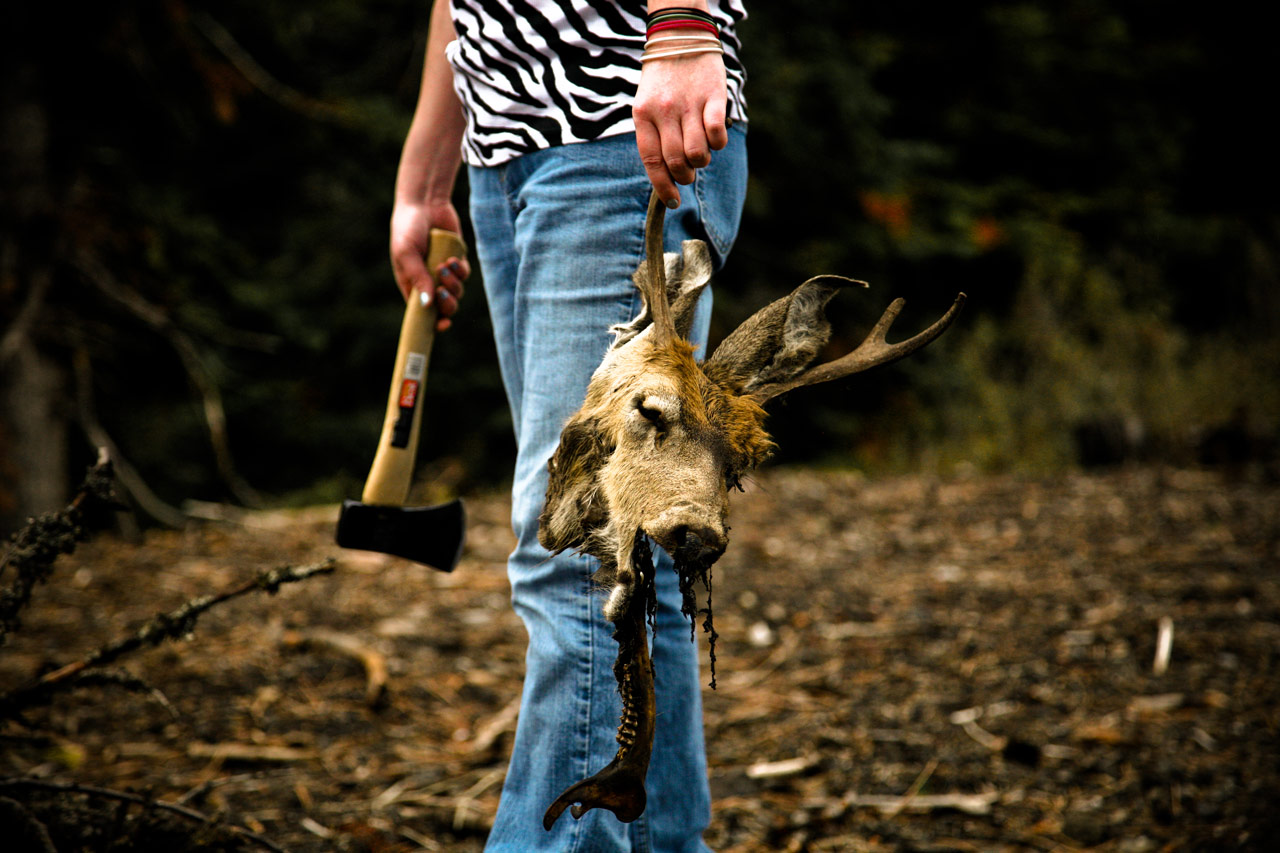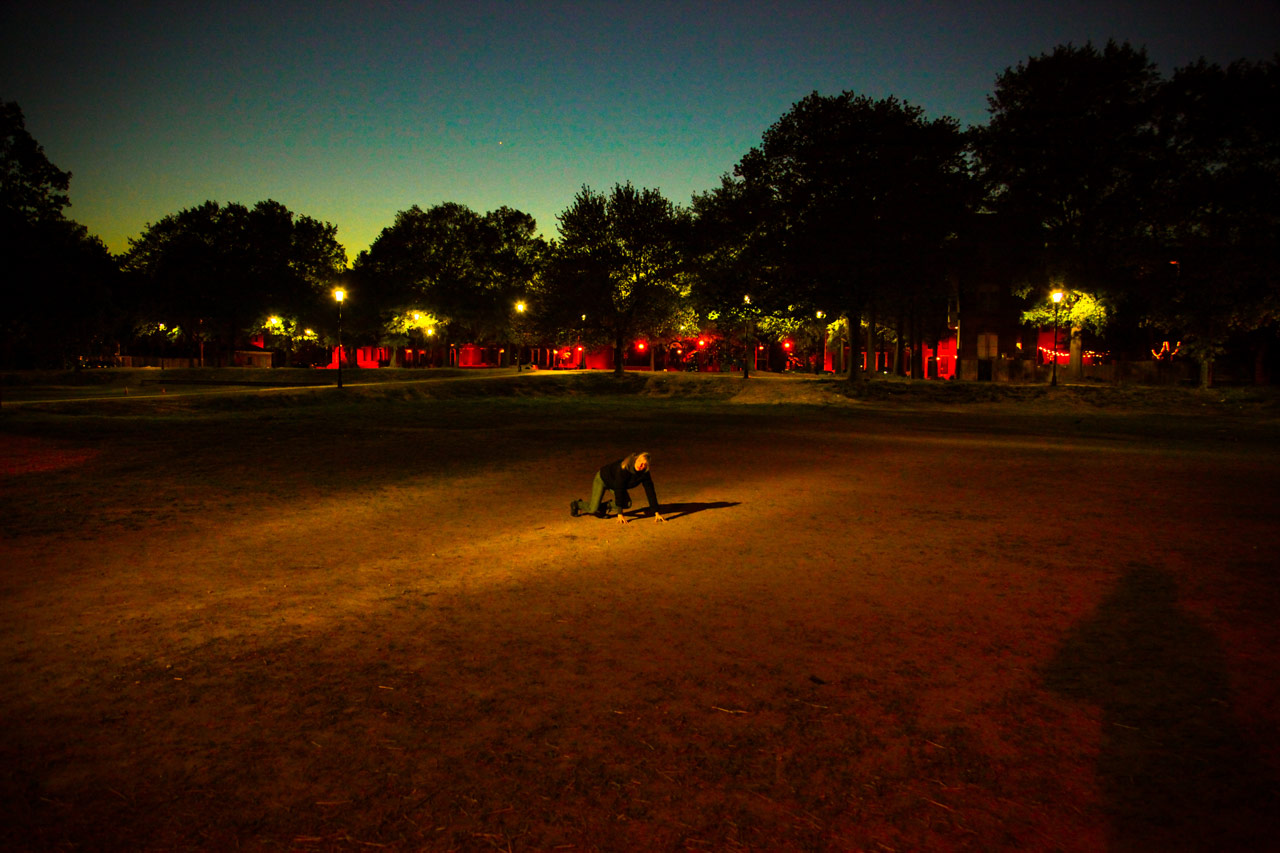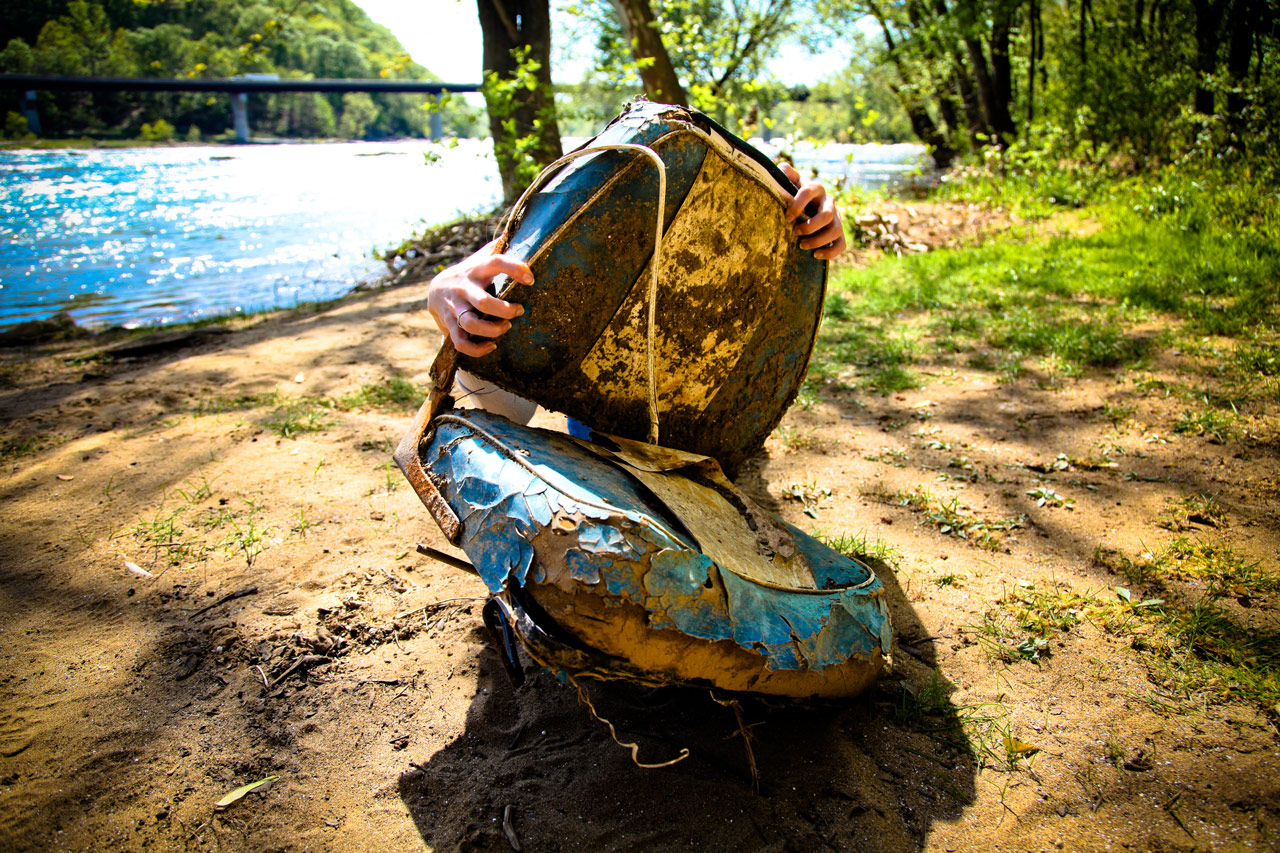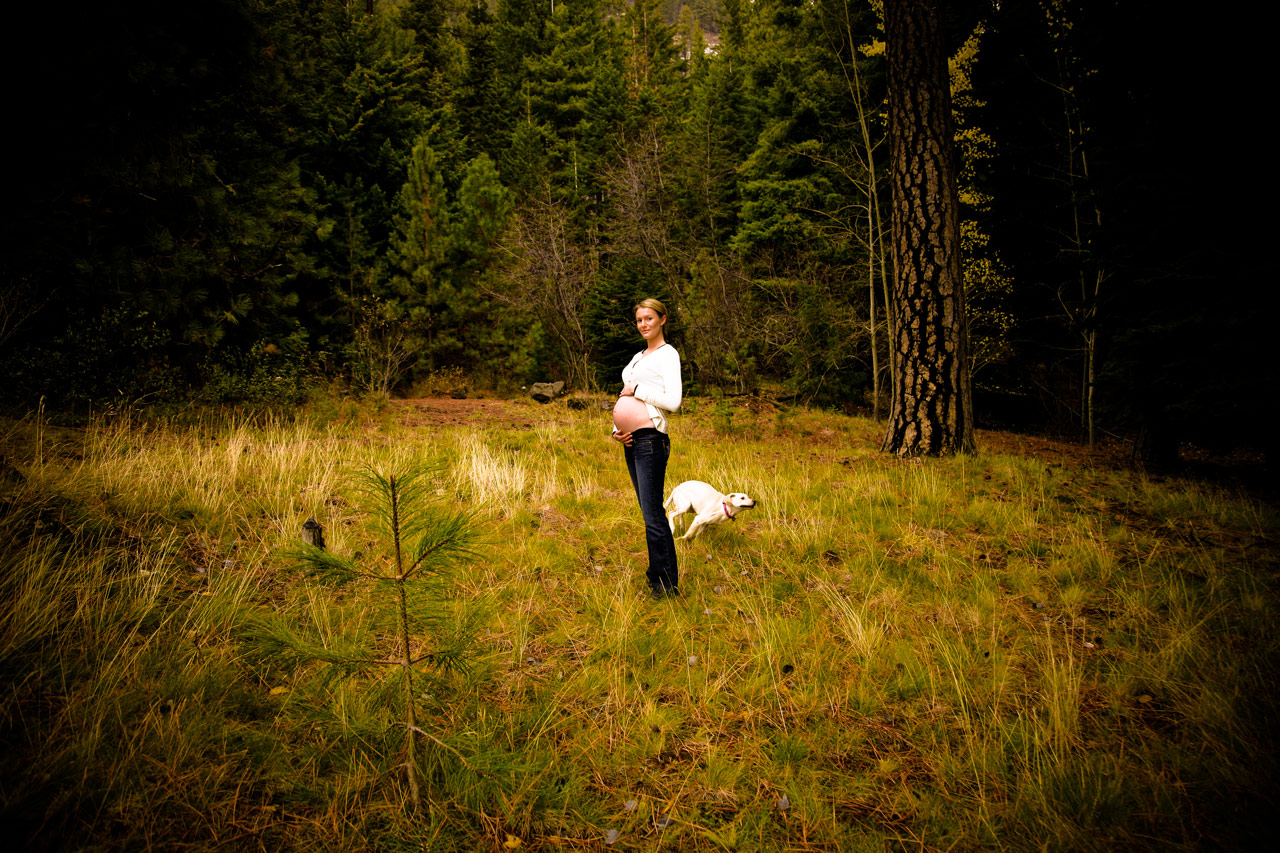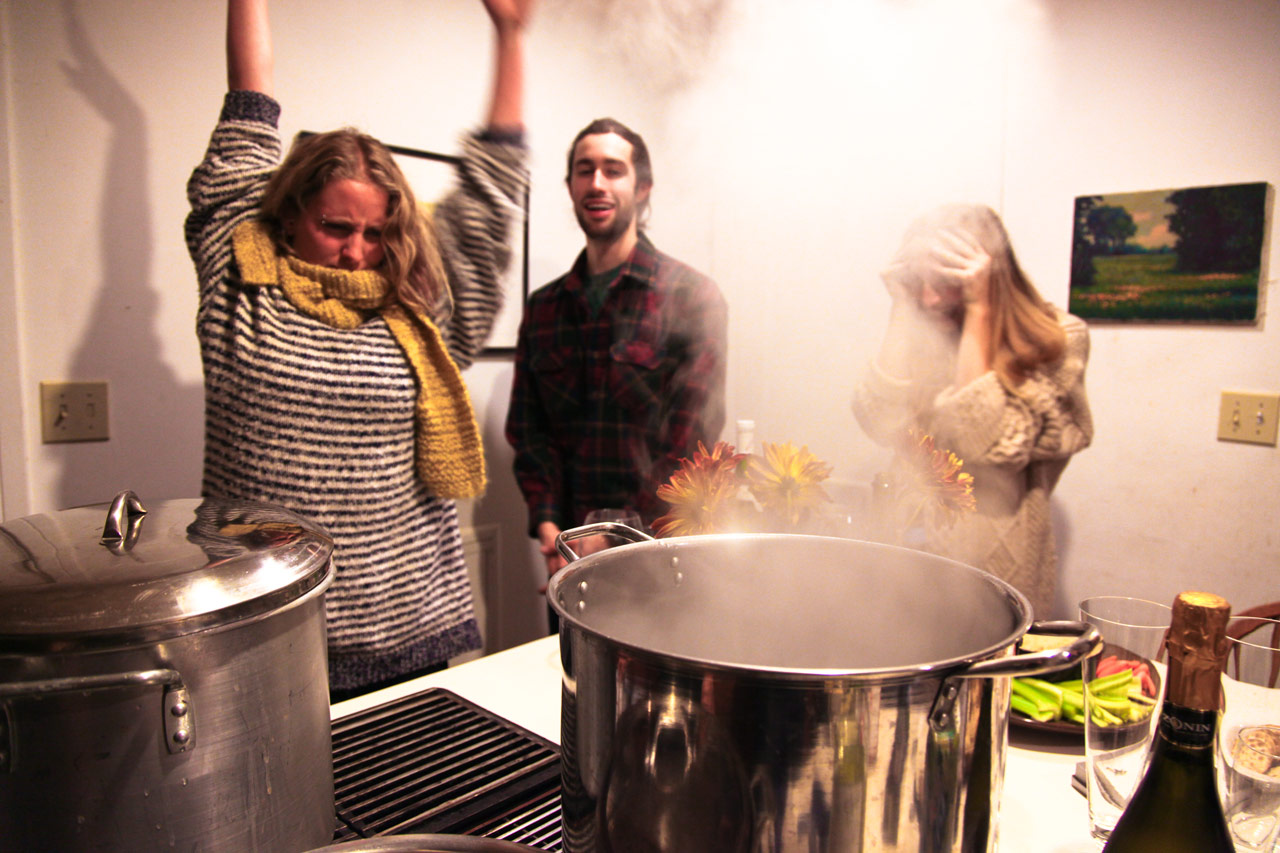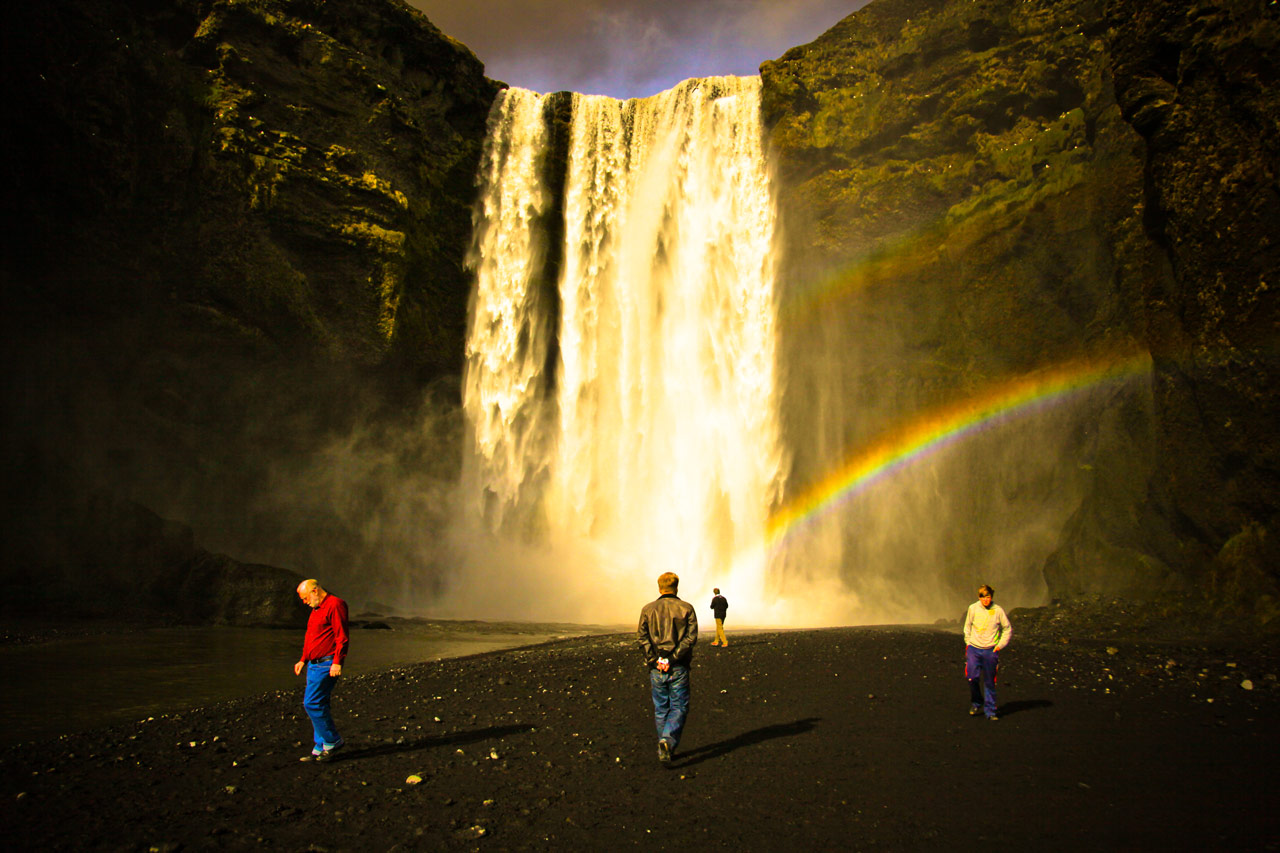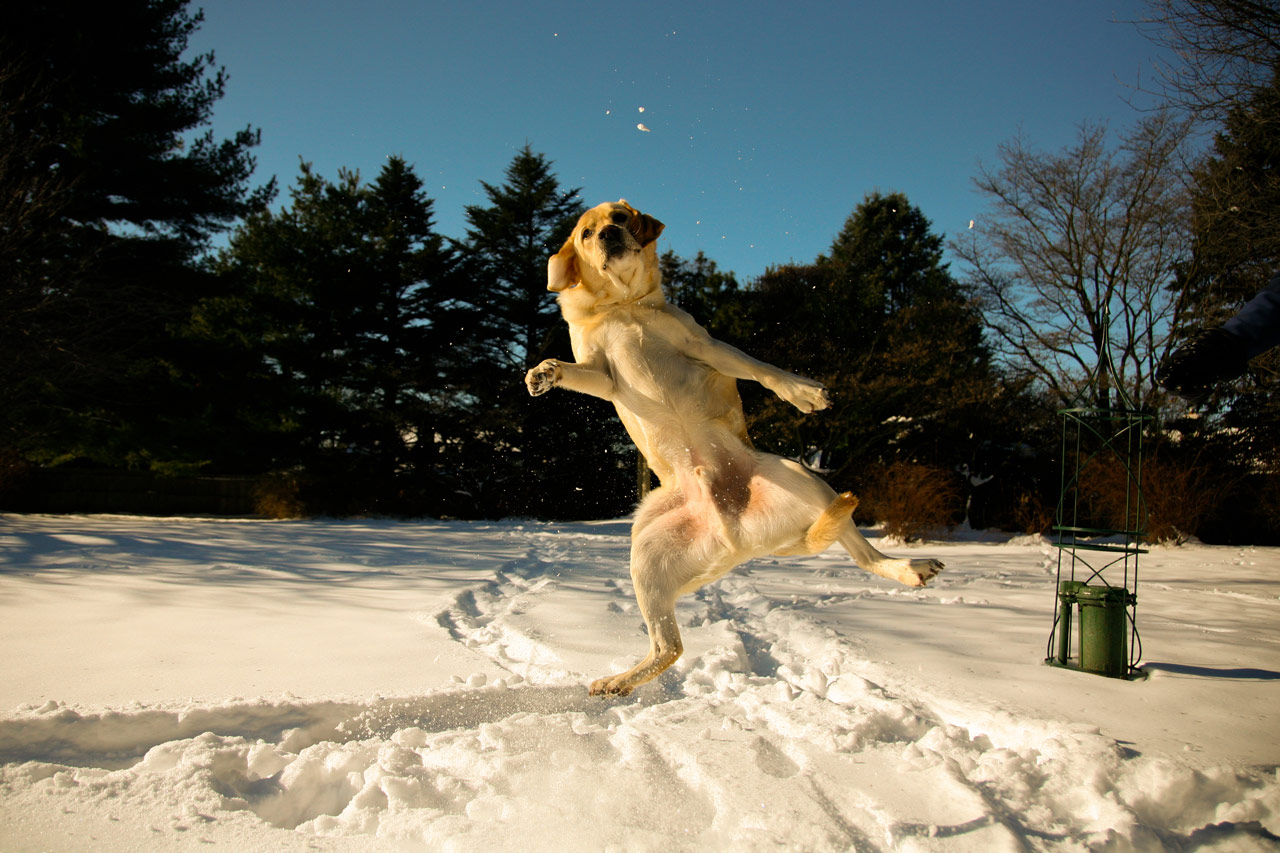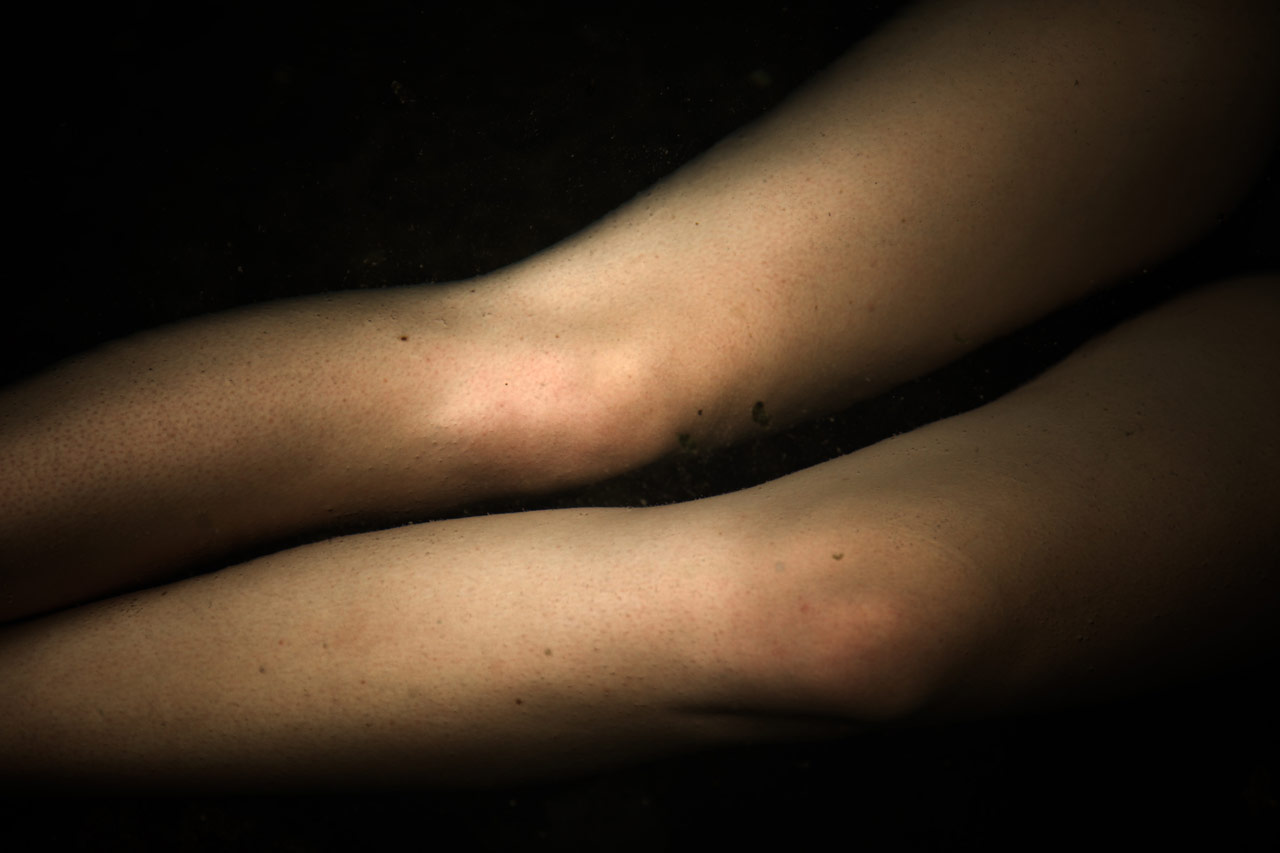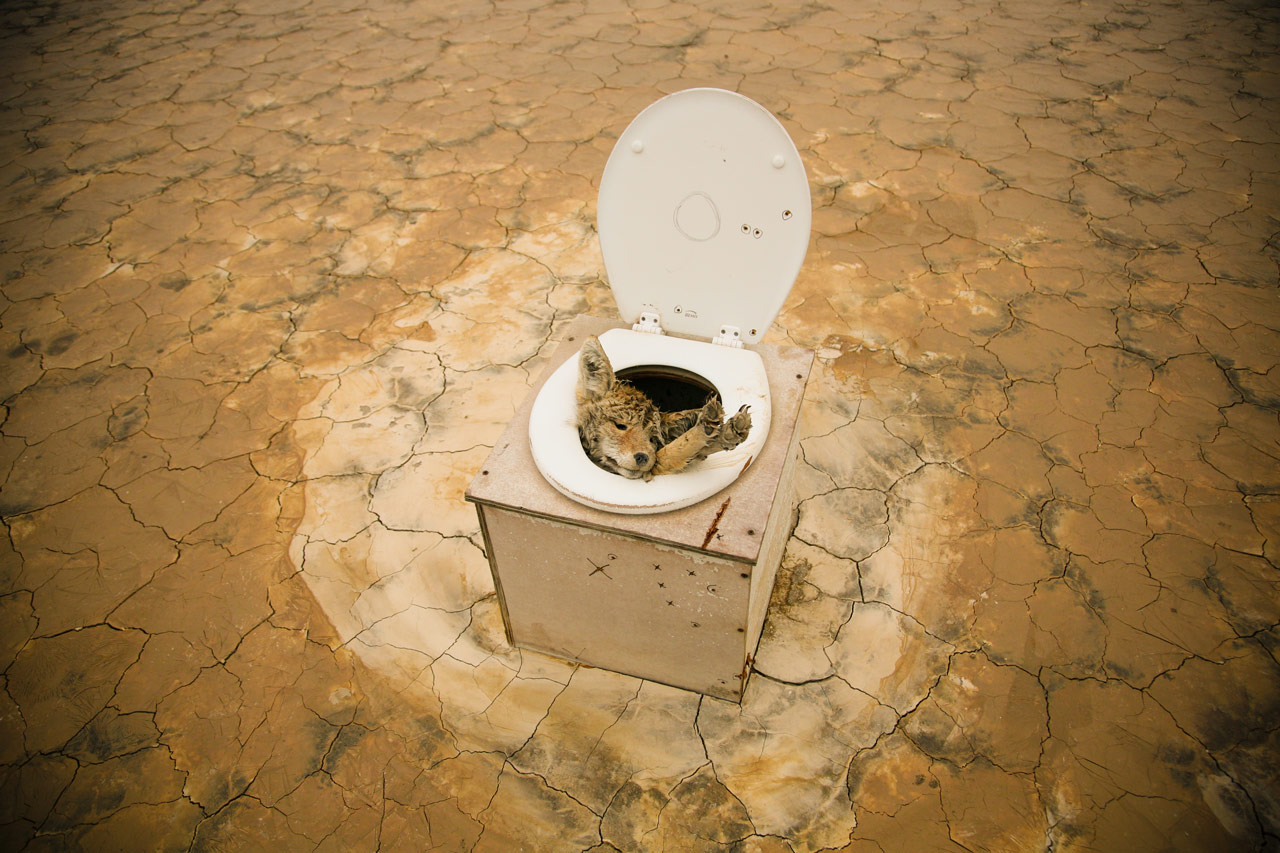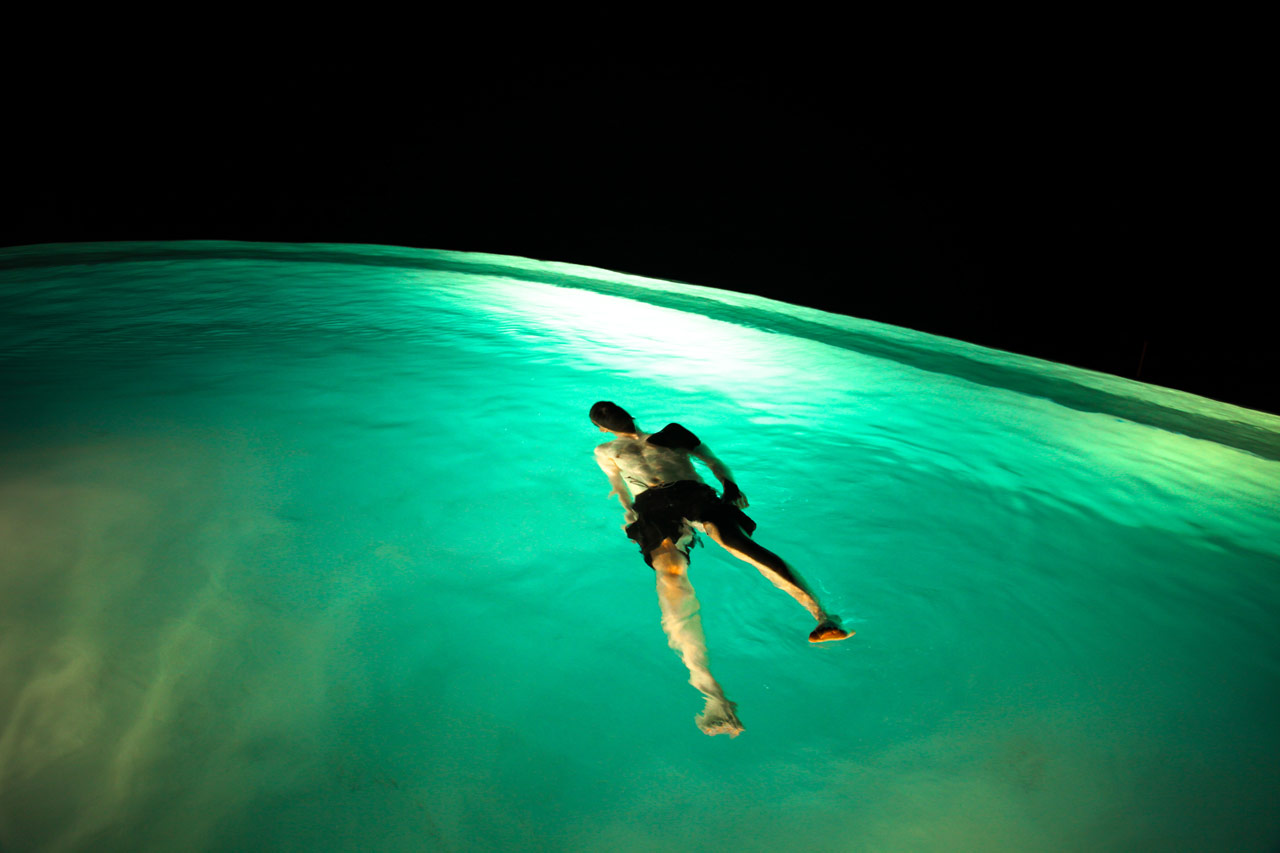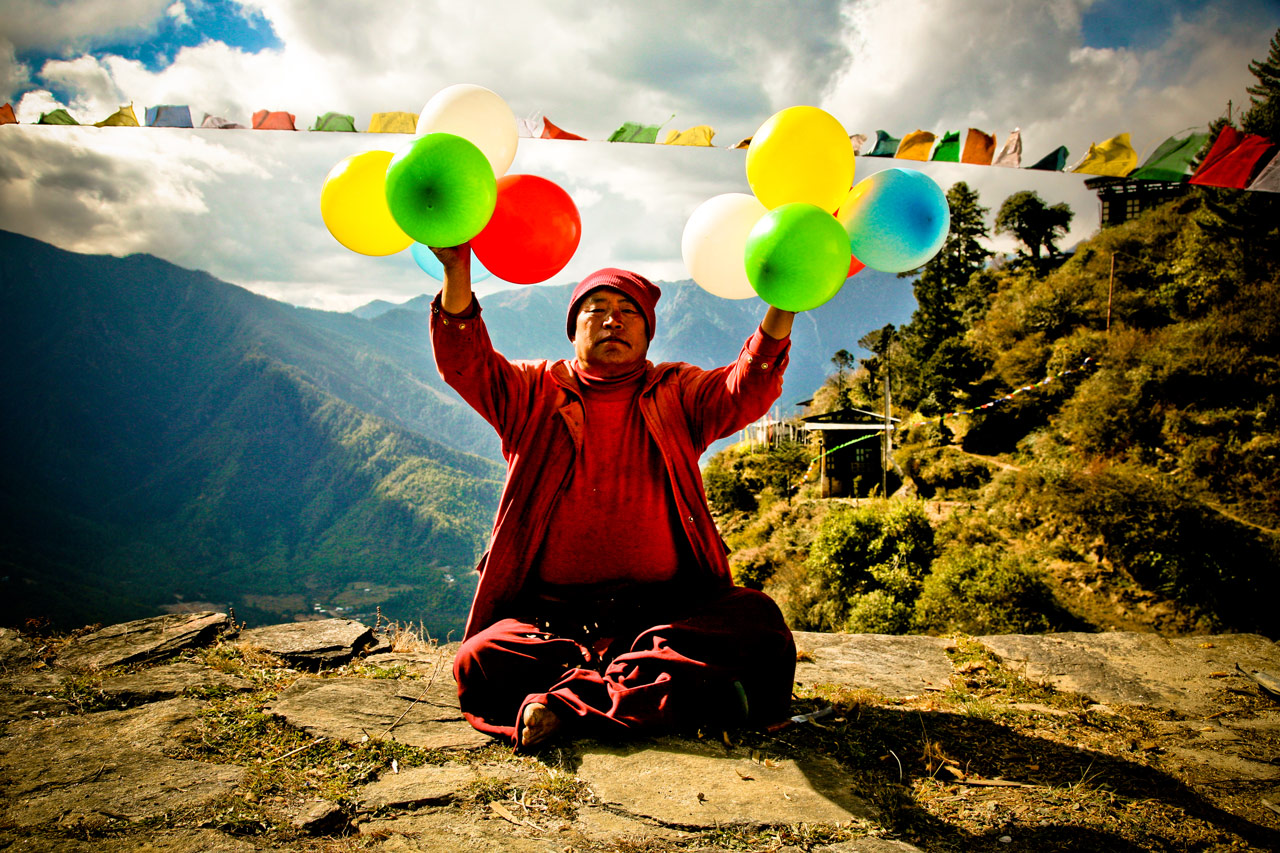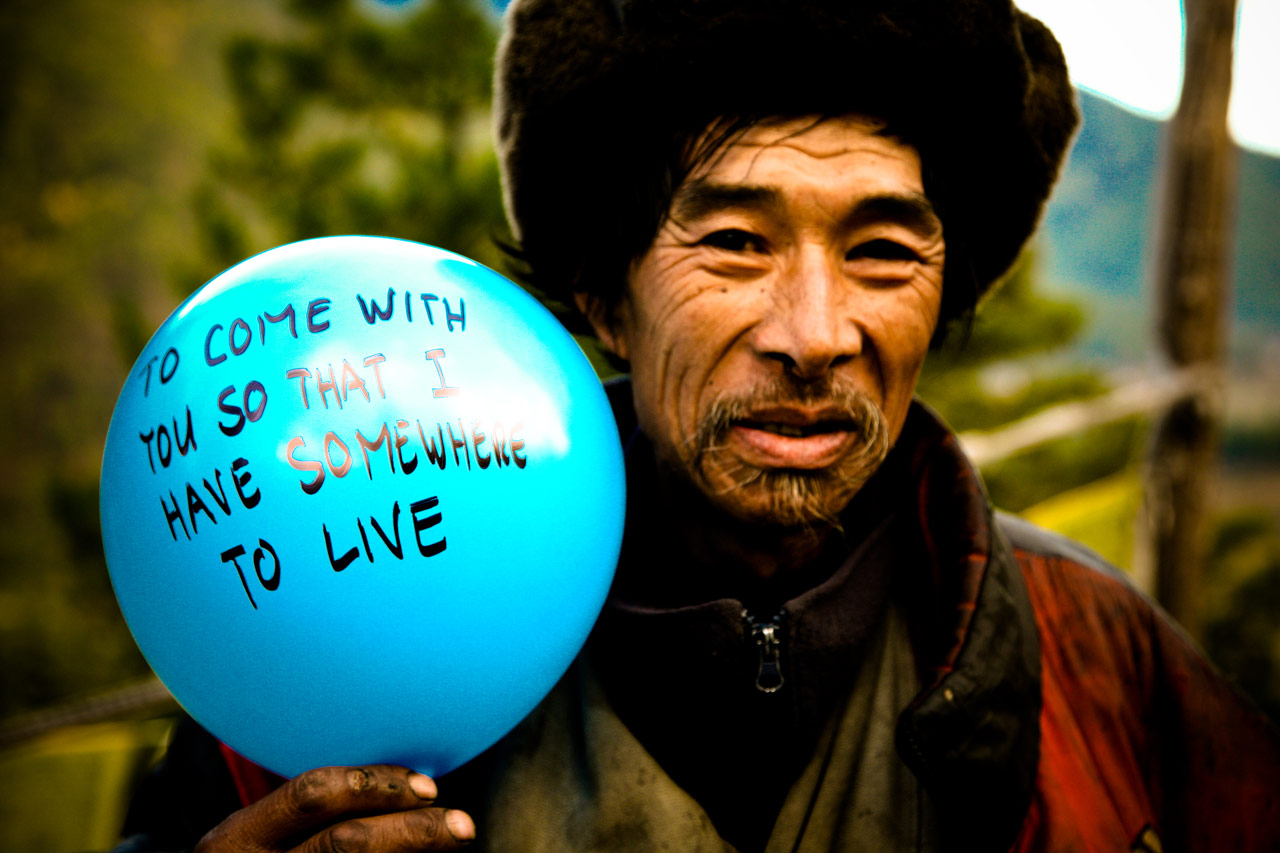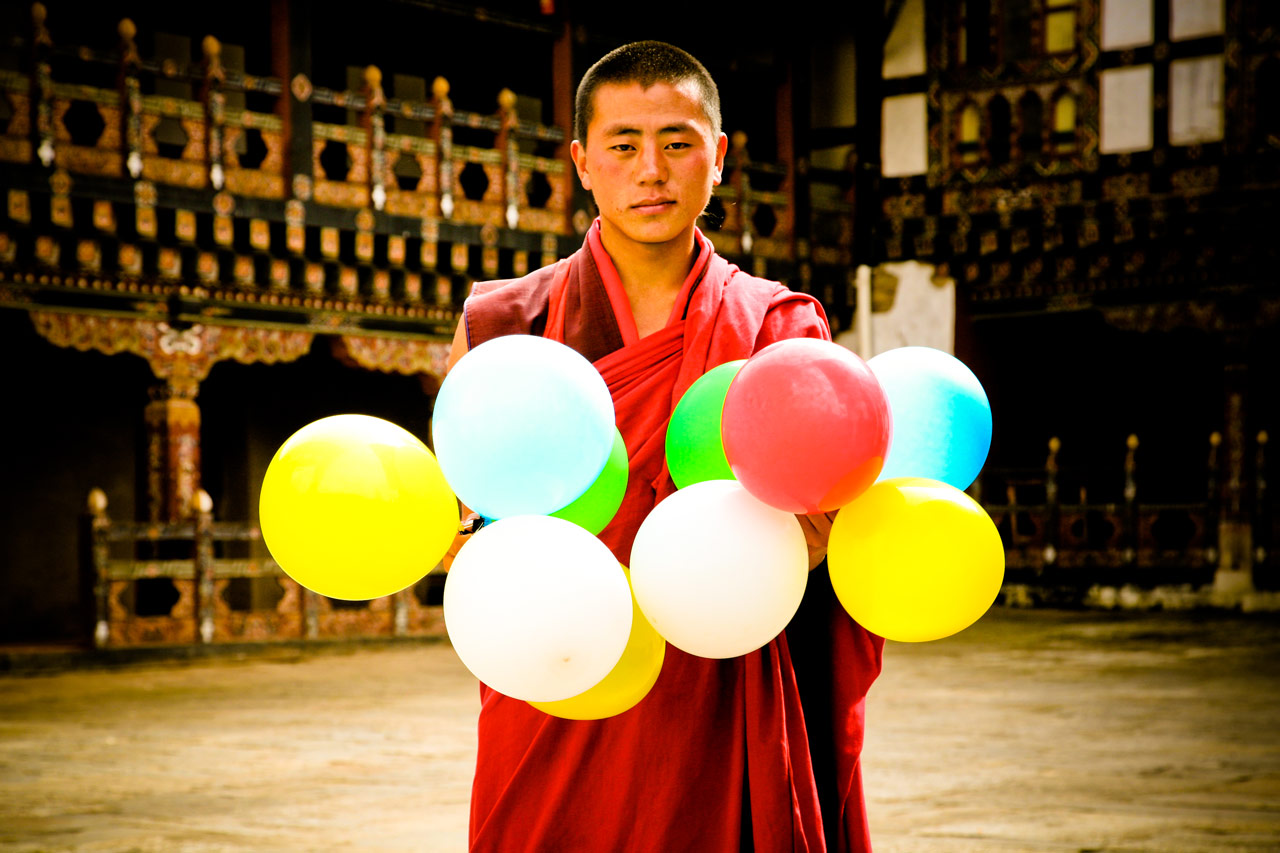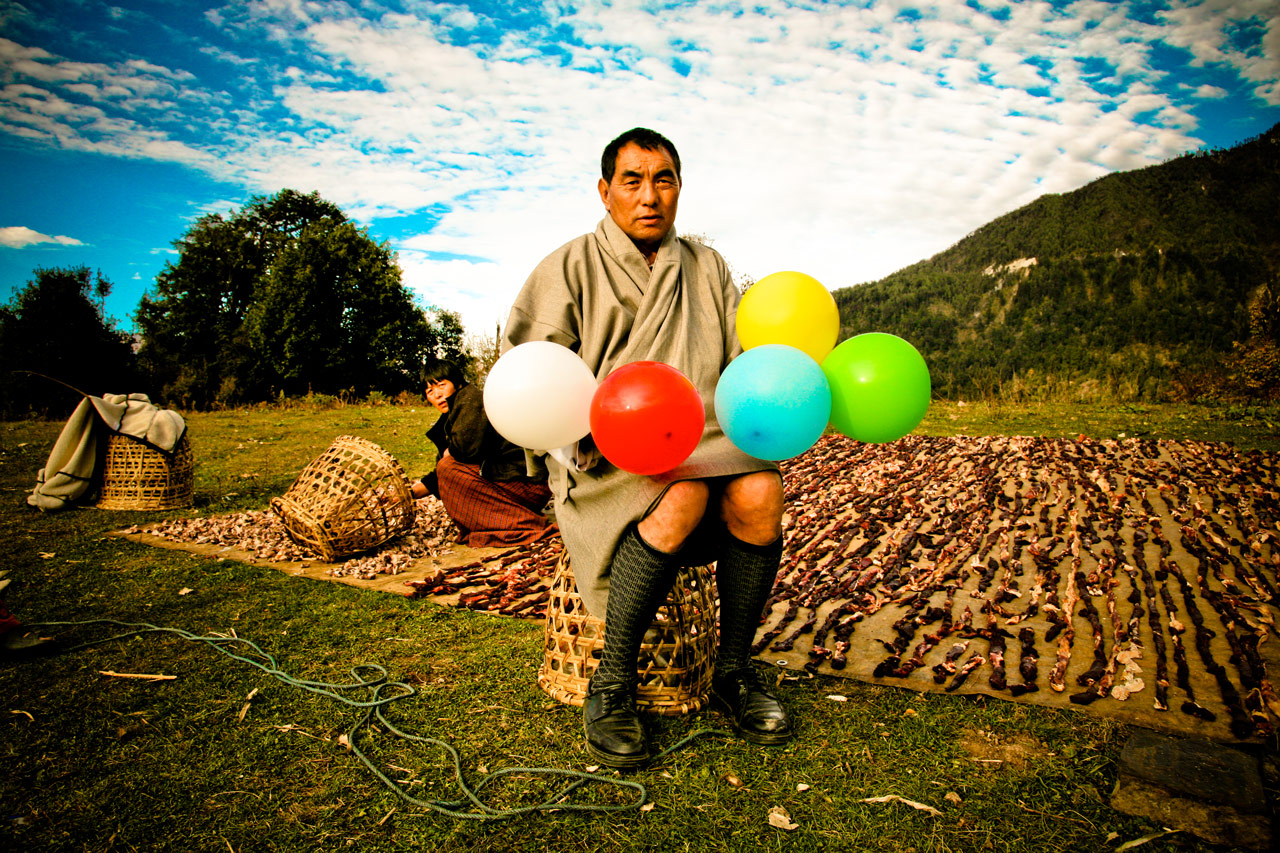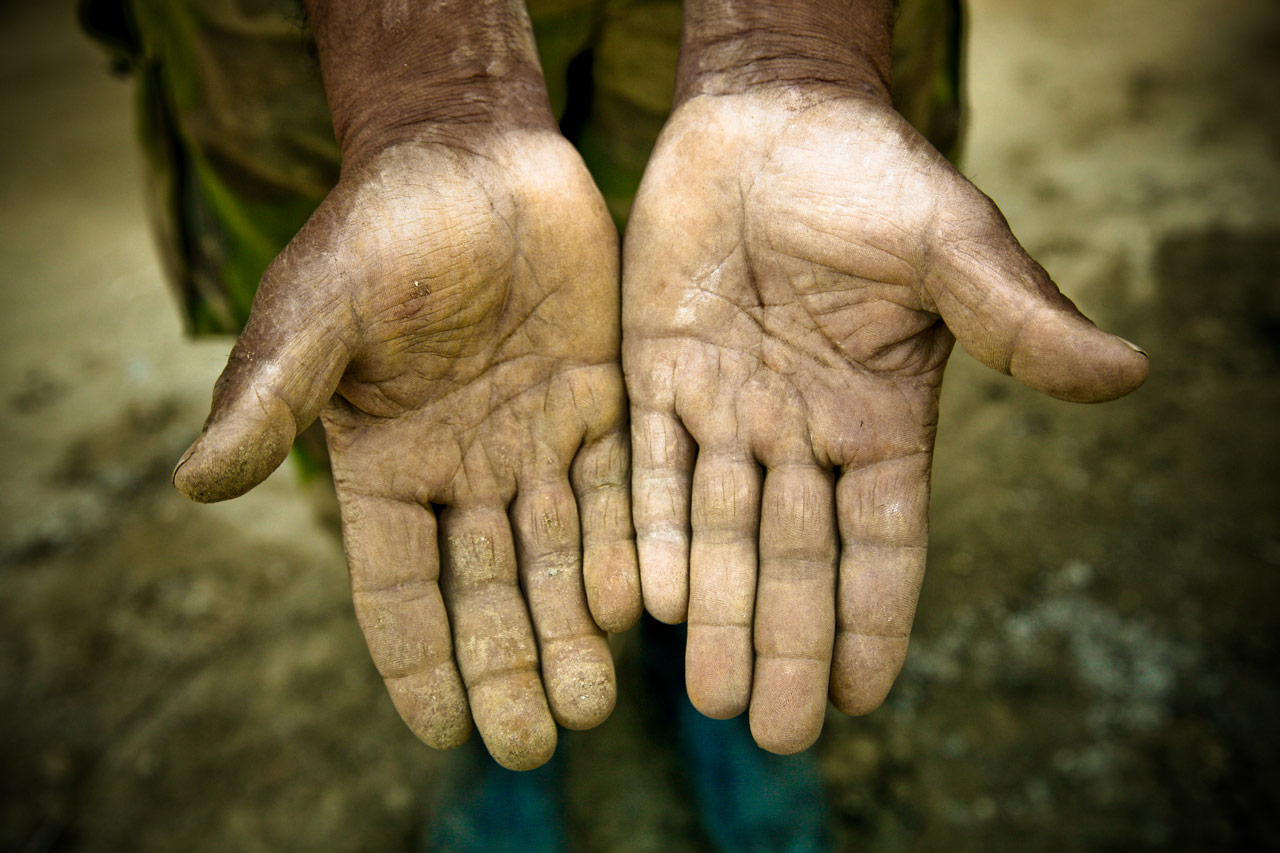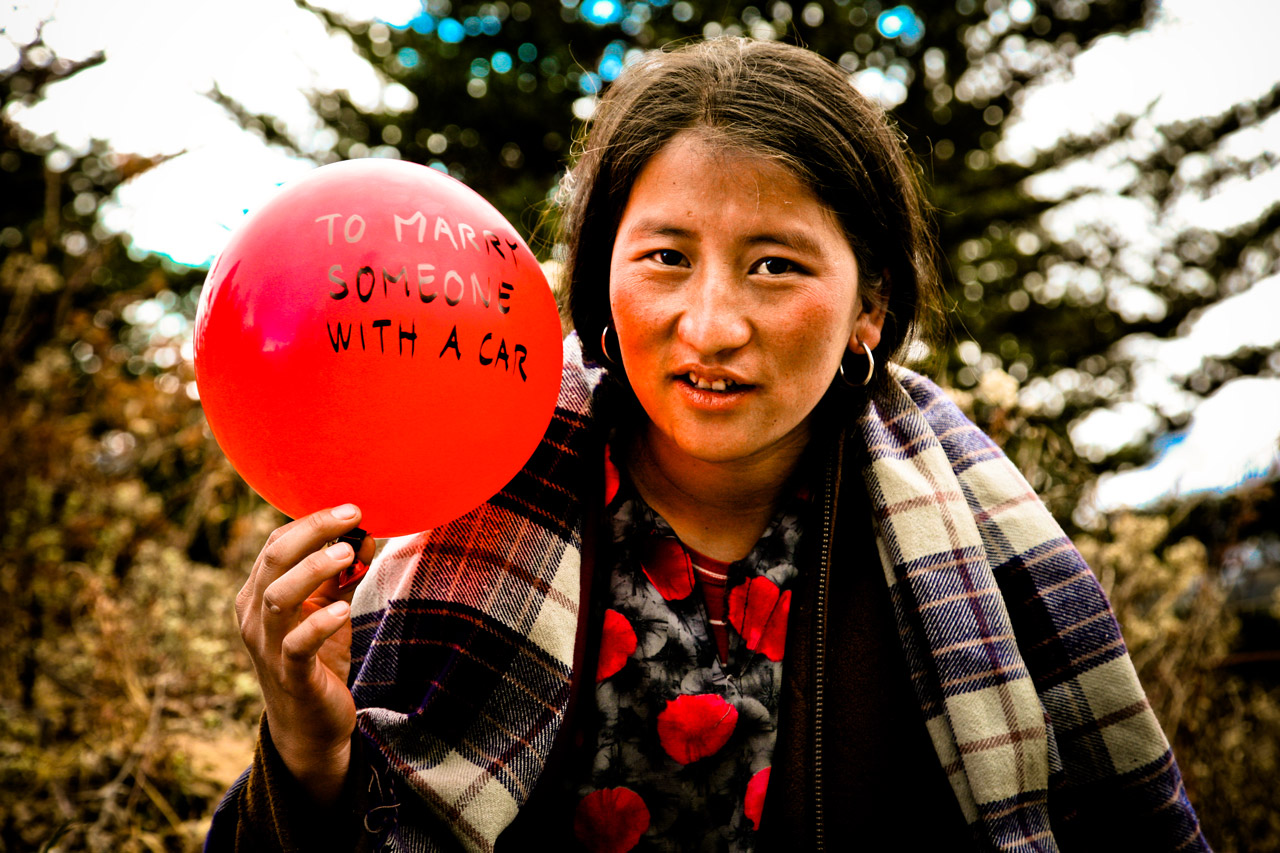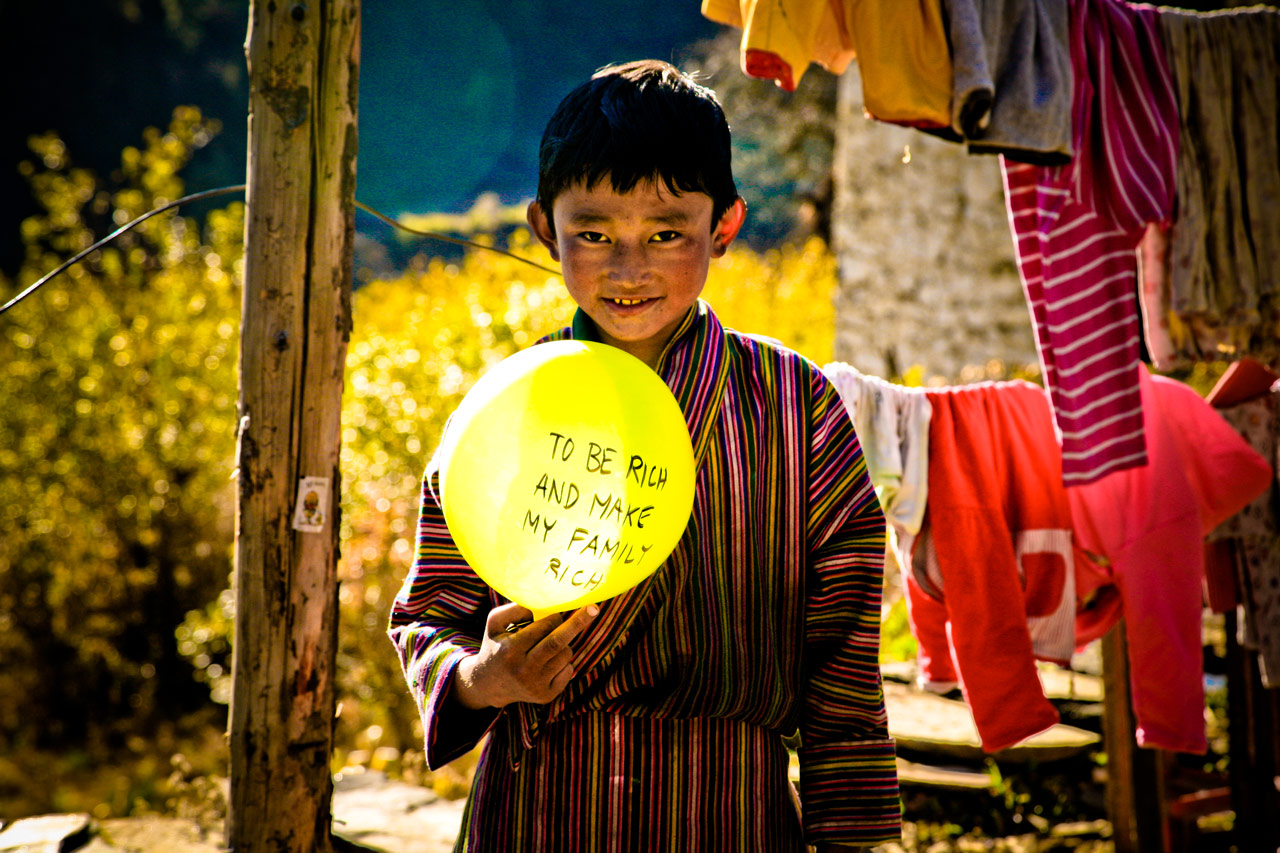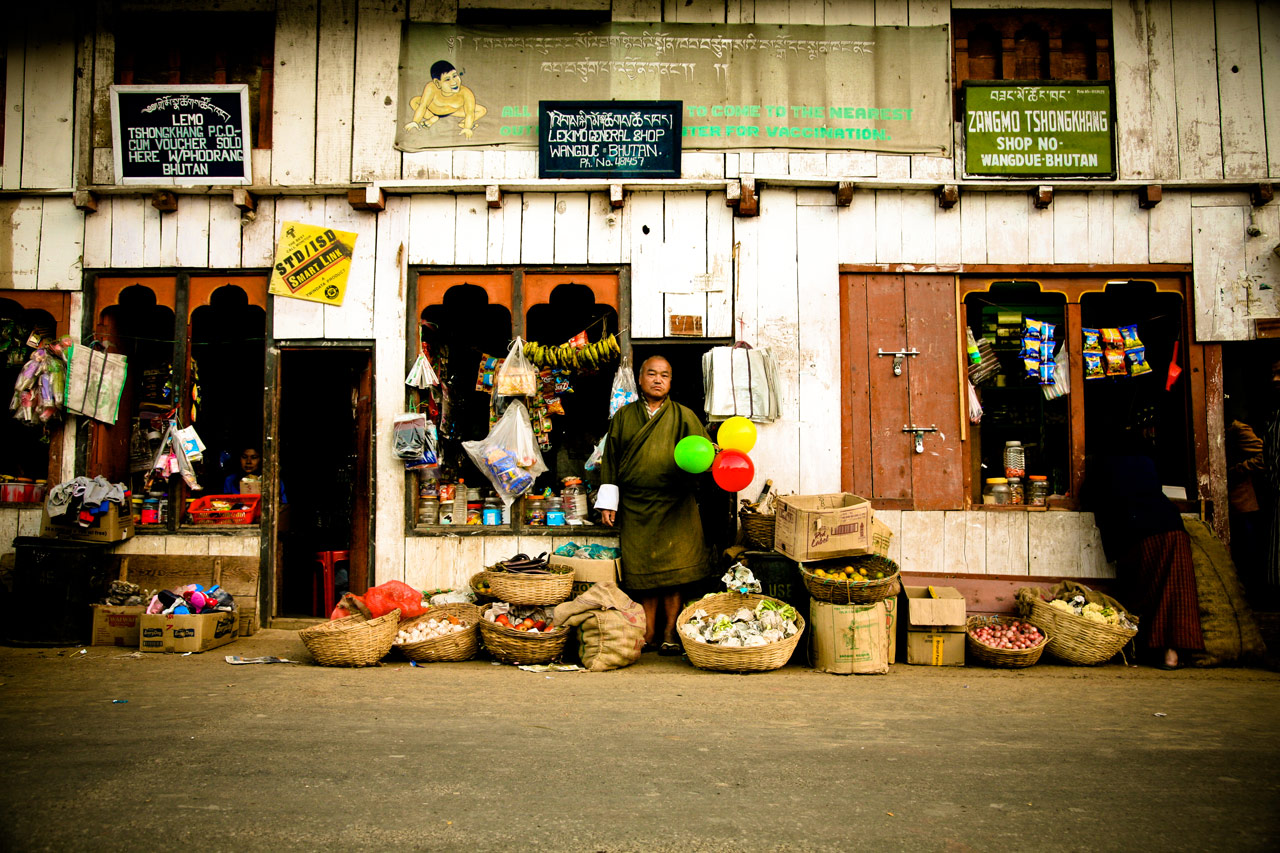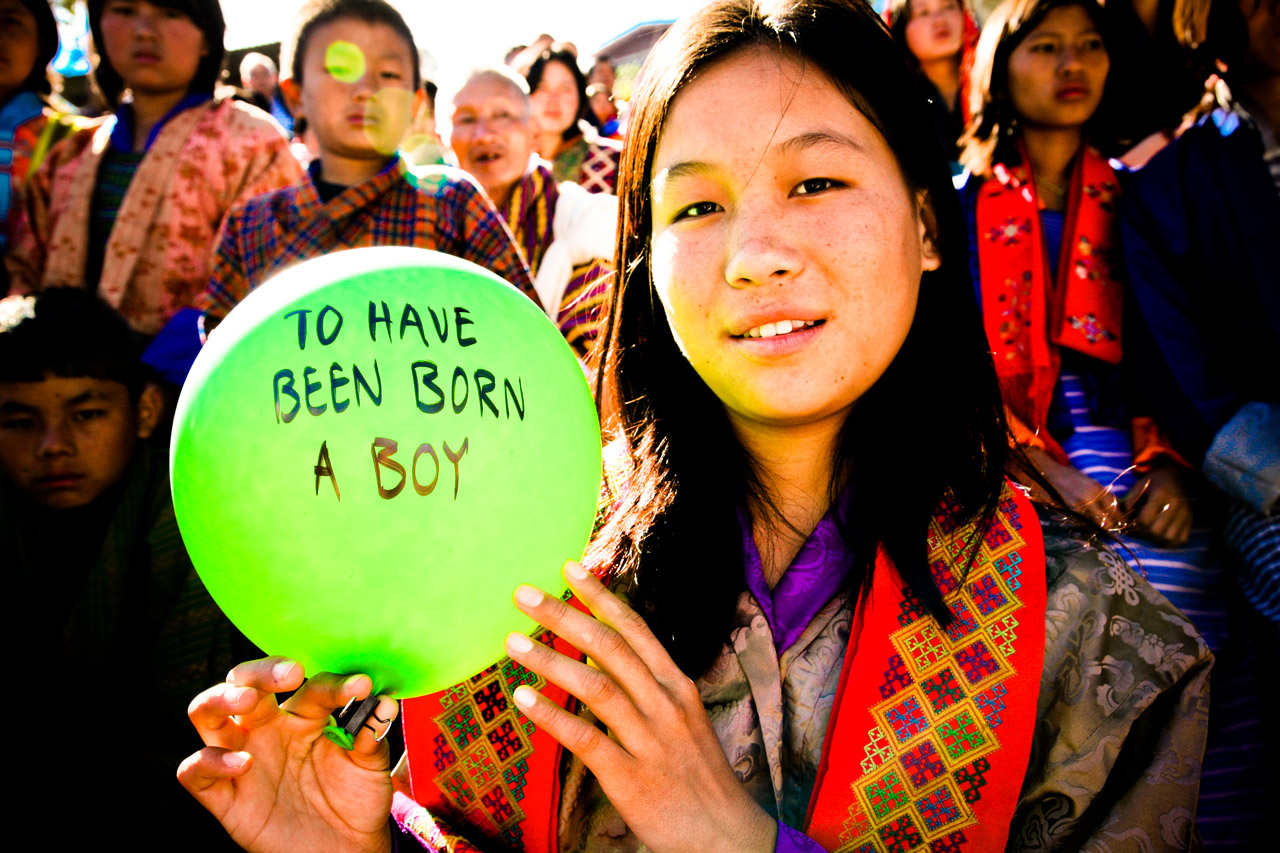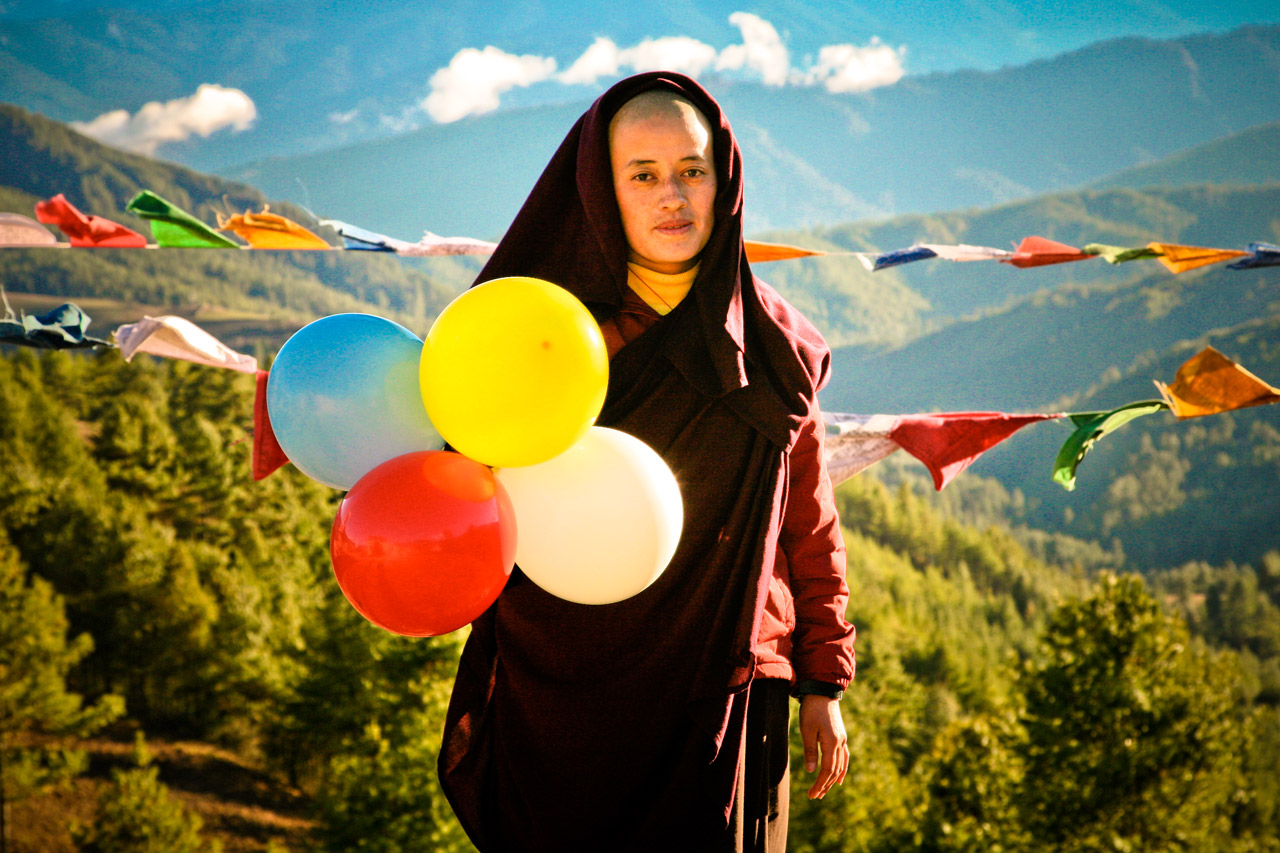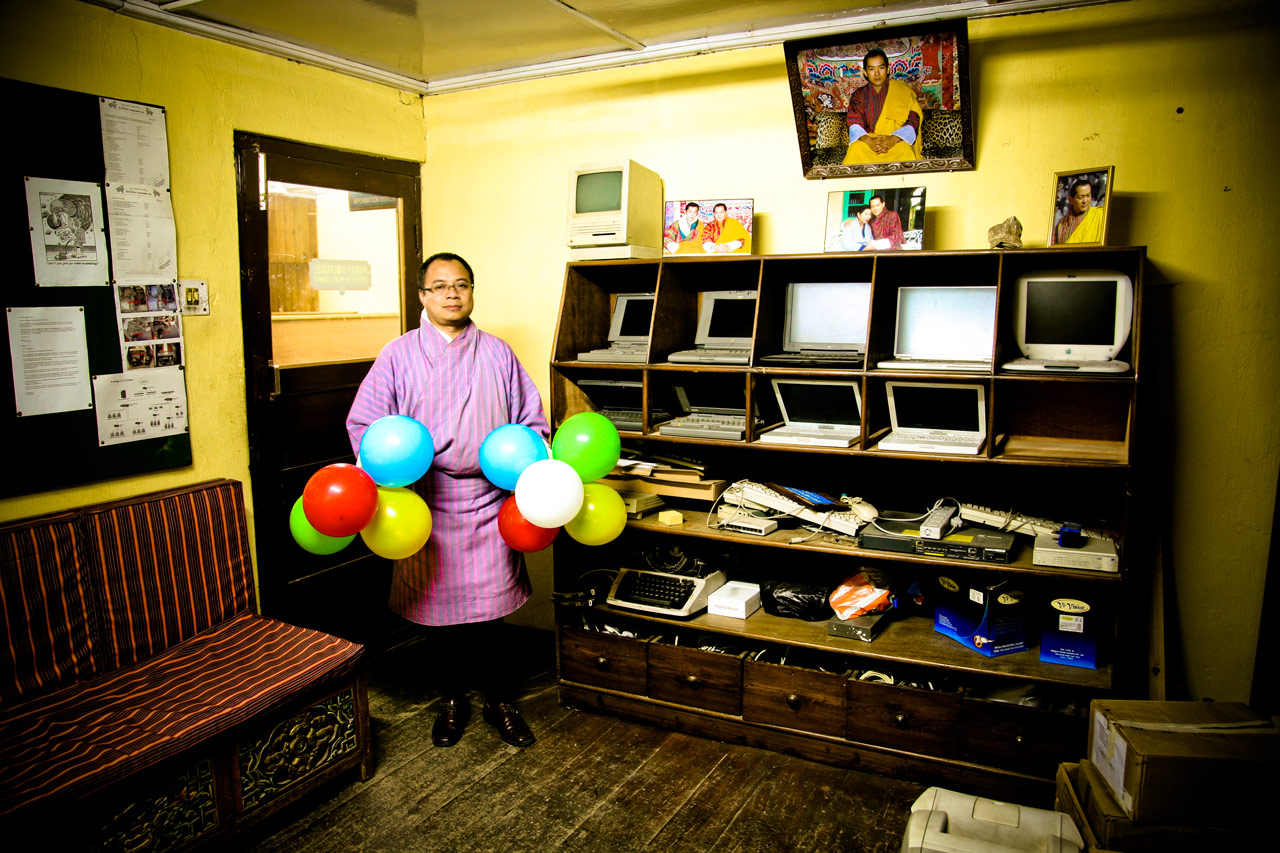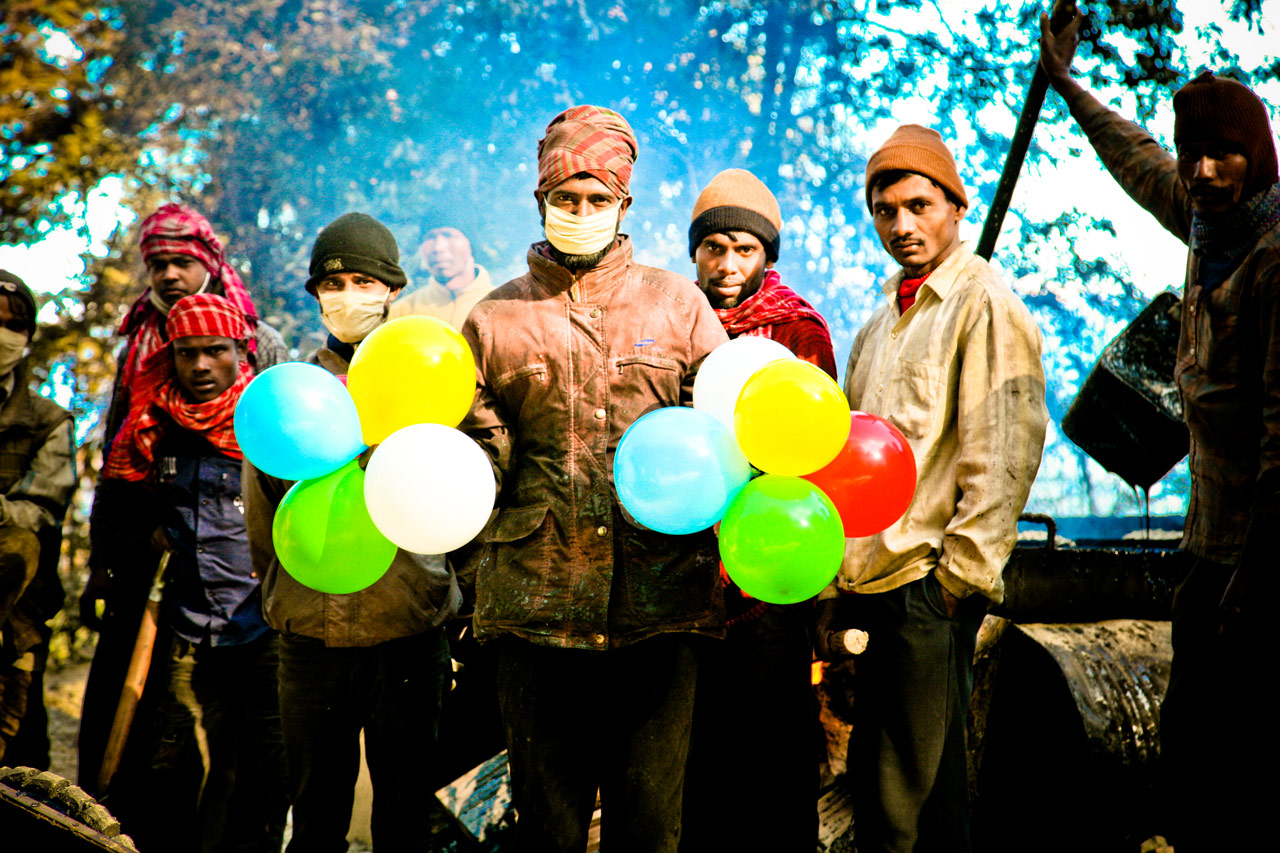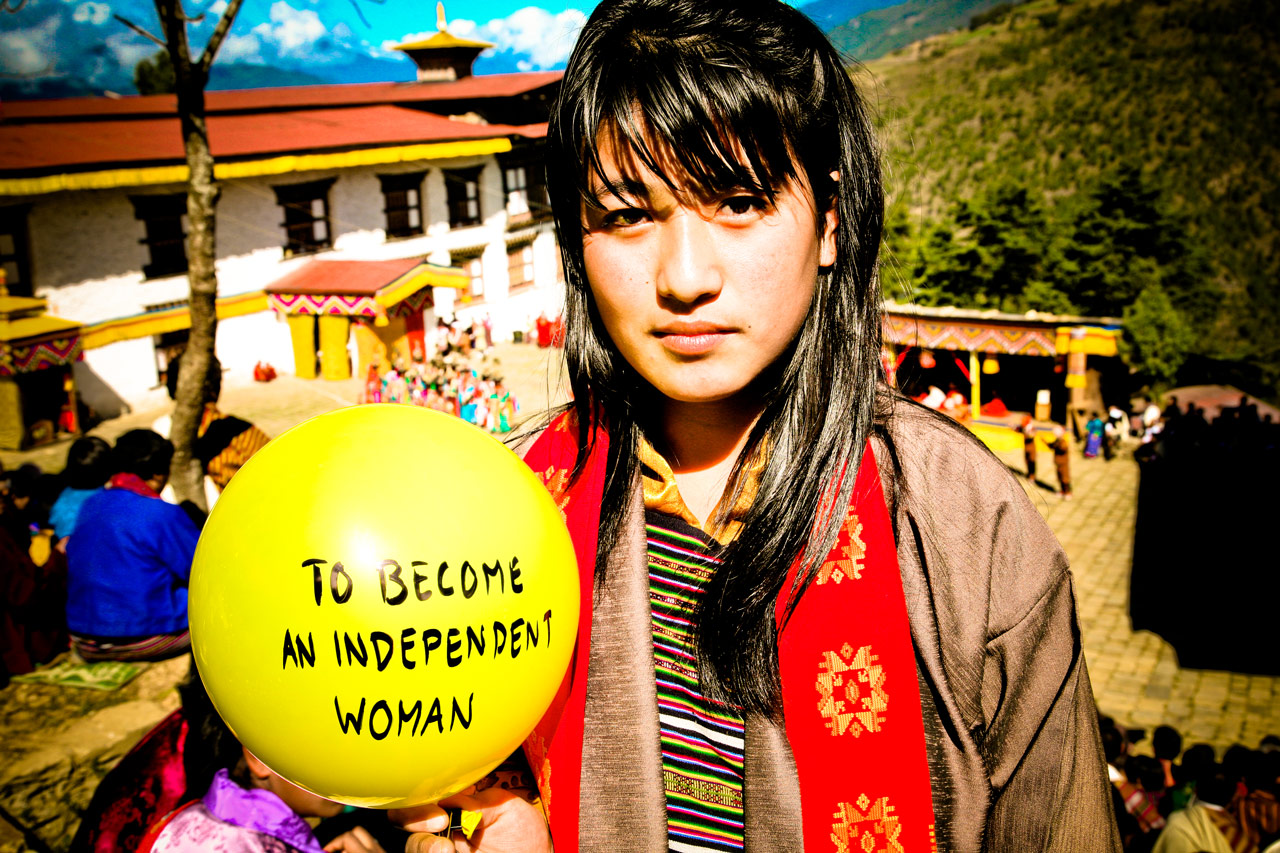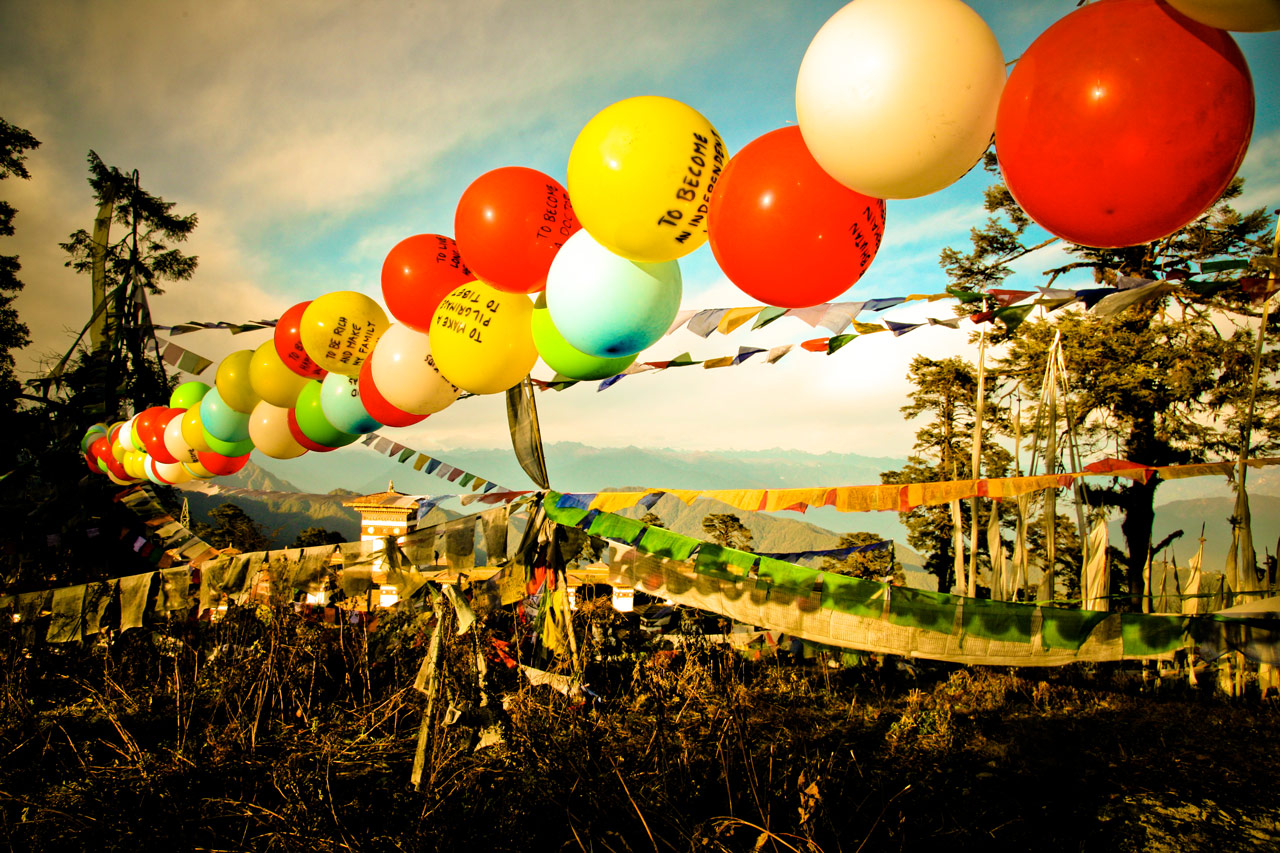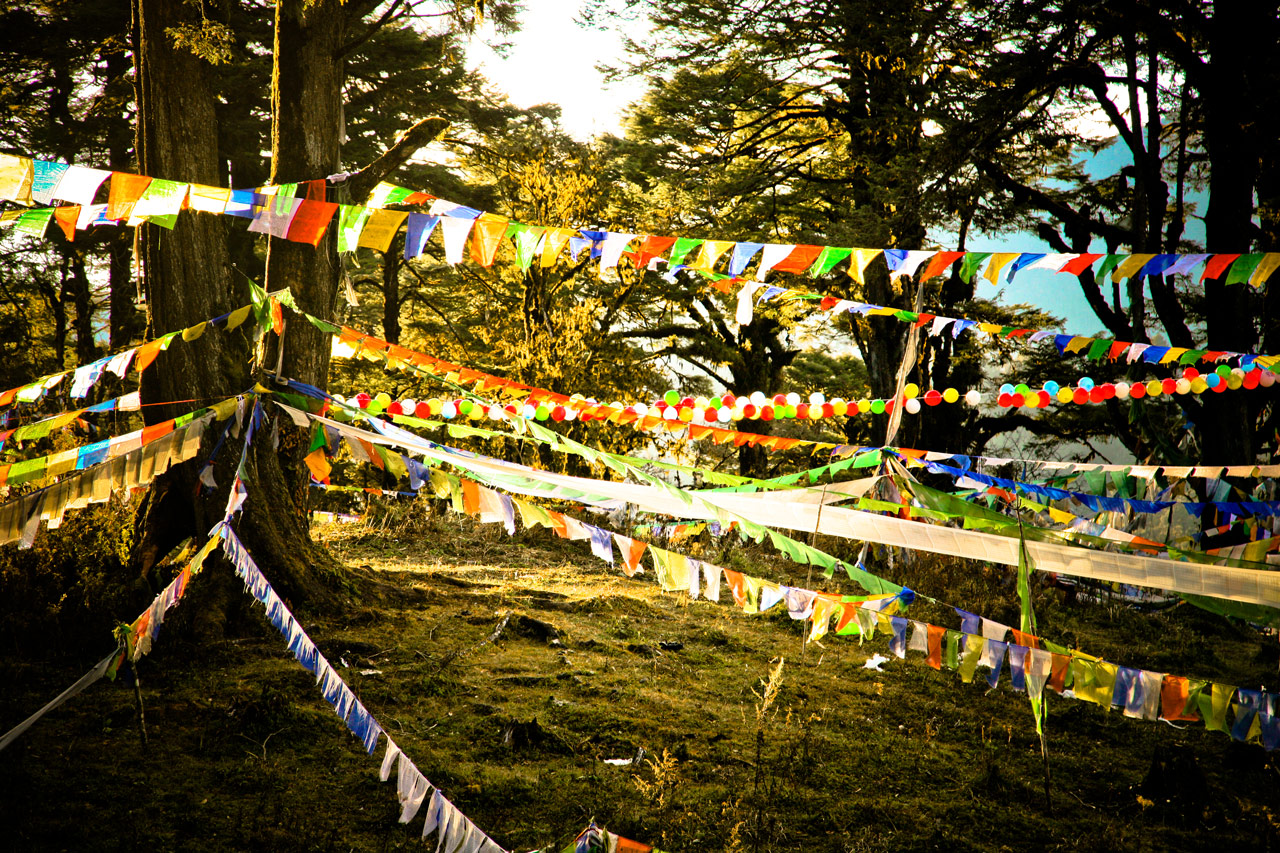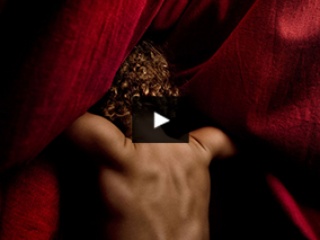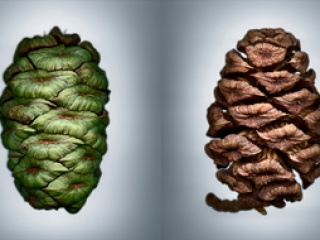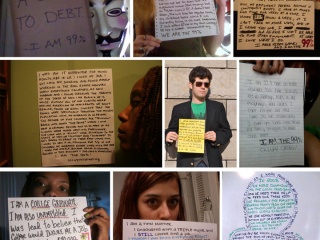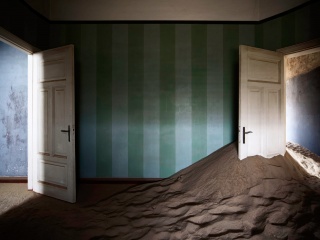Jonathan Harris Projects

Considered a visual artist, interactive narrator and Internet anthropologist, Harris is interested in the fragments and feelings of intimate stories, and our need to express ourselves. He converses with the viewer through images and technology, interconnected them to his own artistic universe.
In his essay Navigating Stuckness, which consists of texts and illustrations, Harris shares an autobiographical journey, describing the successive stages of his development as a creator and how he has forced himself to surpass and rediscover himself. ZoneZero has chosen two projects from these various stages, to present a sample of the enormous variety and diversity of his platforms of expression, as a glimpse of his versatile artwork.
The first is Today, photographs documenting the 440 days that followed Harris’s 30th birthday, defining a self-portrait of his everyday life and transforming this process into a ritual. In the second, Balloons of Buthan, he presents portraits of happiness in the last Himalayan kingdom, Bhutan. He uses photographs and audio testimonials to address universal concerns, and records action through an interactive platform in which we can approach each of the 117 persons he met.
These are only two examples, showing two principal lines of Harris’s artistic activity. One of these is realizing that in order to approach other people and depend on them, we must pause to know and speak about ourselves. The other line is interpreting how we can converge with technology as the best means of telling stories, thus creating platforms that give order to human chaos in our globalized, Internet-centered world.
Harris is perhaps one of the most sensitive artists present online, whose projects can inspire us to continue our own pursuit of visual communication. The ZoneZero team therefore presents an interview with him, to provide an insight into the processes involved in his work.
 Jonathan Harris (USA, 1979). Lives and works in New York, though he undertakes some of his projects in others parts of the world. Balloons of Buthan, for example, was produced in Buthan, Himalaya. An artist and computer scientist, his work explores the relationship between humans and technology. He graduated in Computer Science and Photography from Princeton University. His artwork has been exhibited throughout the world and has earned several prizes and awards. It can be viewed at: Number27
Jonathan Harris (USA, 1979). Lives and works in New York, though he undertakes some of his projects in others parts of the world. Balloons of Buthan, for example, was produced in Buthan, Himalaya. An artist and computer scientist, his work explores the relationship between humans and technology. He graduated in Computer Science and Photography from Princeton University. His artwork has been exhibited throughout the world and has earned several prizes and awards. It can be viewed at: Number27Regarding the development of your projects, could you tell us what's the place of the concept and what role does your selected media play?
For me, projects tend to start with a concept — usually something simple and communicable in a single sentence (e.g. “A search engine for feelings” (We Feel Fine), “A public library of human experience” (Cowbird), “An expression of single moments in time” (10x10). From there, I spend a lot of time developing the idea on paper (in my sketchbook). This process is iterative, and can take a long time. I’ll usually try a lot of different angles and approaches, and many of them won’t feel right, so I’ll keep trying different things, all the while keeping in mind that single-sentence description, which is like the soul of the idea, and that soul should never change. At some point, I’ll decide on an angle (e.g. search for the phrase “I feel”; constrain stories to text and a single image; scrape news websites every hour for 100 words and pictures; etc.), and will start collecting data. Then, there's the process of developing a relationship with that data, which is almost like learning the ways of a lover — to try to understand its secrets (i.e. what about it is beautiful and interesting). Once you learn its secrets, then you can design interfaces that reveal those secrets to others. That is what makes something feel poetic, and what makes it come alive.
On your most recent work, what are the topics or concerns that move you to start and develop a new project?
Currently, I’m interested in the evolution of the human species into a single meta-organism, in which we all take part, like cells in a body. I’m interested in the nature of that meta-organism — its emotions, its thoughts, its desires, its choices.
With the constant changes on technology and projects that rely so much on it, do you worry about obsolescence? How do you deal with that risk?
Working with technology, obsolescence is unavoidable. Already, some of my earlier projects are difficult or impossible to see — most browsers no longer support Java applets by default, so to view We Feel Fine, visitors must download and install a plugin; the company whose news API powered Universe was acquired and no longer exists, so that project is sadly offline. Nowadays, I try to use open source technologies (HTML5, Javascript, WebGL, etc.), which are less likely to become obsolete than proprietary technologies like Java and Flash.
On an aesthetic level, obsolescence is also a danger, but this kind of obsolescence is related to the homogenizing effect of popular tools. For instance, when many people use a tool like Adobe Illustrator, Adobe Flash, or even a service like Instagram, the shortcuts enabled by the tool will, over time, have a homogenizing effect on the projects that people use the tool to create. Because of this, many digital projects quickly look dated — they are timely, but not timeless. To avoid this, I try to design all my interfaces from scratch, not relying on shortcuts enabled by tools, but generated programmatically by code I write myself. So, for example, the typography in The Whale Hunt is custom-designed to be bisected by whaling harpoons. In Universe, all the typography is formed by star constellations. When you write stuff from scratch (using open source tools), you have a better chance at avoiding obsolescence.
You can learn more about Harris's concerns and obsessions by visiting number27.org

